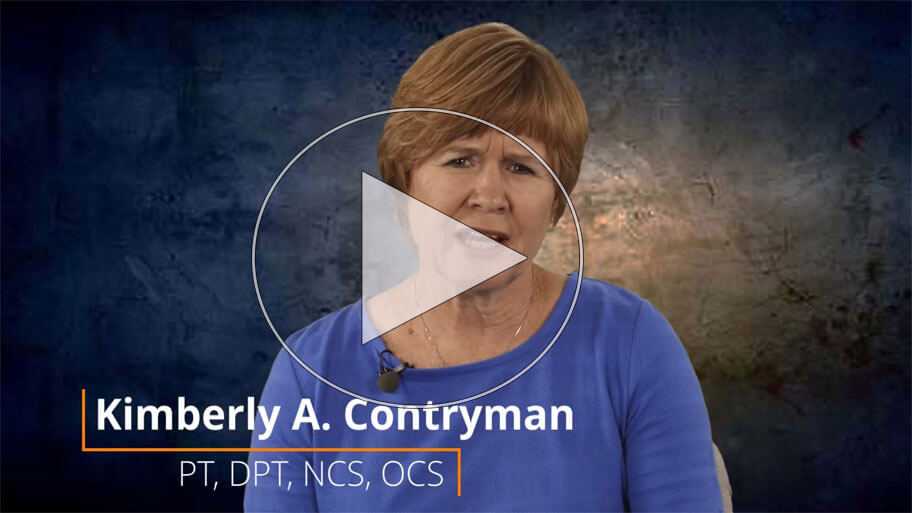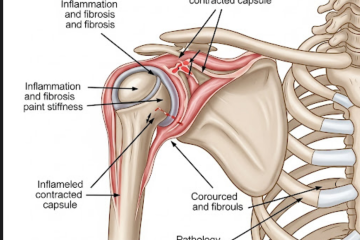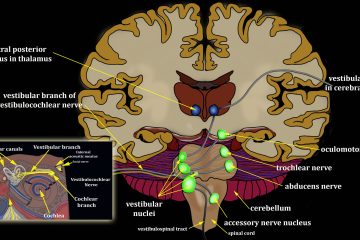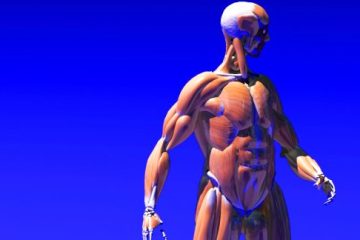Gait Training is the focus of this PT Stroke Continuing Education Course, Restoring Functional Gait
Inpatient Ambulation Does not Equate to Proficiency with Community Ambulation
In the PT Stroke Continuing Education Course, Restoring Functional Gait; Dr. Contryman discusses gait and analyzing patterns. She utilizes a specific technique to analyze functional patterns.
My Perspective on Functional Gait Analysis
I don’t want to slow someone’s gait down. I want to see how they are walking at their normal speed. However, we ambulate for a reason; we have a purpose when we ambulate. Just because someone can walk down a hallway, there has to be quiet, with no obstacles, and they have to focus on the ground. What they are doing doesn’t necessarily mean that they are a community ambulate later.
Is the Gait Pattern Functional?
Sometimes I think we get so caught up in what has to be measurable; it has to be this or that, but if we’re not making them functional, what good is it for them? If I have a patient who can’t carry their coffee cup from the pot to the table because they are so off-balance, they are not functional. If I have a patient who can not turn their head when walking, that is a problem because they are walking across the street. Somebody honks at them, trying to turn but losing their balance because they are not used to disassociating head movement from the trunk; that’s a problem. These are things that we, as therapists, have to consider and include when we are assessing our patients and treating them.
How Does Cognition Factor Into A Functional Gait Pattern?
There have been a lot of studies looking at cognition. You start having somebody cognitively working while walking; it affects them if they get caught up doing something else. We have seen many videos of people talking on the phone or texting and walking into things. We are trying to get our patients back to that top level that we need to consider. Even simple things, like having a patient ambulate normally, and then I might give them a cold cup of water and a hot cup of coffee. You will see differences in their gait, and you need to see how they can adapt because that’s huge.
Goal Of Therapy and Key Components to Assess
One of our big jobs is to give patients the ability to adapt to their environment. Can they walk over uneven ground? Can they turn their heads when someone’s calling them? Can they change their direction when the dog gets up as they walk through their house? These are things that they have to be able to do, which are going to make them safe and independent. When assessing their gait, look at things like that, have them turn their heads, have them carry something, have them walk faster, have them walk slower. I might even have them walk with their shoes on, and then I might have them take them off because if they are getting up in the middle of the night, they’re not putting shoes on. I need to make sure that they are safe.

Functional Treatment Suggestions – PT Stroke Continuing Education Course
Some of this stuff may seem like they can do that, but they can’t. If you are a therapist in an outpatient or acute care setting, talk to someone in home health. I have done it; I have gone in to see a patient in home health; I have read through the chart and observed if they can get out of bed by themselves. But the difference from the other setting is that they had a hospital bed, the head raised, rails, and a nice small mattress. Now they are at home, stuck in the king-sized bed in the middle of it, and can’t get up. So, no, they are not independent because they were not given the ability to adapt to their environment. That’s what we have to look at when treating our patients. Because, for some patients, this is it, this is their life, and we have to give them 100 percent. If we are not giving one hundred percent, they need to find somebody who is.
Take this PT stroke continuing Education course to enhance your knowledge to develop your assessment style to improve functional gait outcomes and also encompasses Gait training for other neurological and orthopedic conditions
Learn more in This PT Stroke Continuing Education Course in our our All Access Subscription
For more information on Gait Training, go to the Healthclick All-access Online Subscription and click on the Restoring Functional Gait. Healthclick provides a series of related topics to provide a comprehensive overview from various educators.
This is one of many courses within the Gait/Stroke series within the online library that addresses Gait and balance rehabilitation. Some of the other courses that contain more in-depth evaluation and treatment techniques to improve gait are:
Applying the Principles and Philosophy of PNF to Enhance Gait
Balance and Falls in the Elderly Population
Evidence-Based Outcome Tools for Treating Balance Dysfunction
References
Li Karen Z. H., Bherer Louis, Mirelman Anat, Maidan Inbal, Hausdorff Jeffrey M., Cognitive Involvement in Balance, Gait and Dual-Tasking in Aging: A Focused Review From a Neuroscience of Aging Perspective, Frontiers in Neurology, VOLUME 9;2018, https://www.frontiersin.org/article/10.3389/fneur.2018.00913


